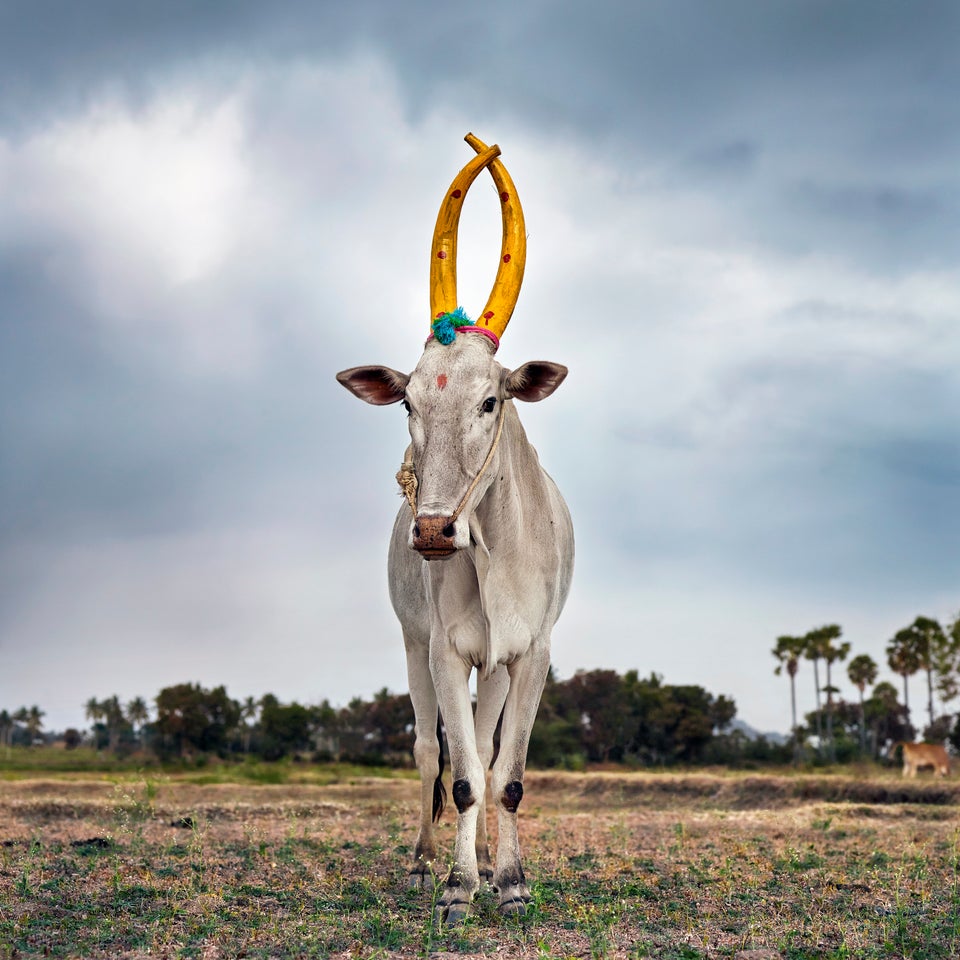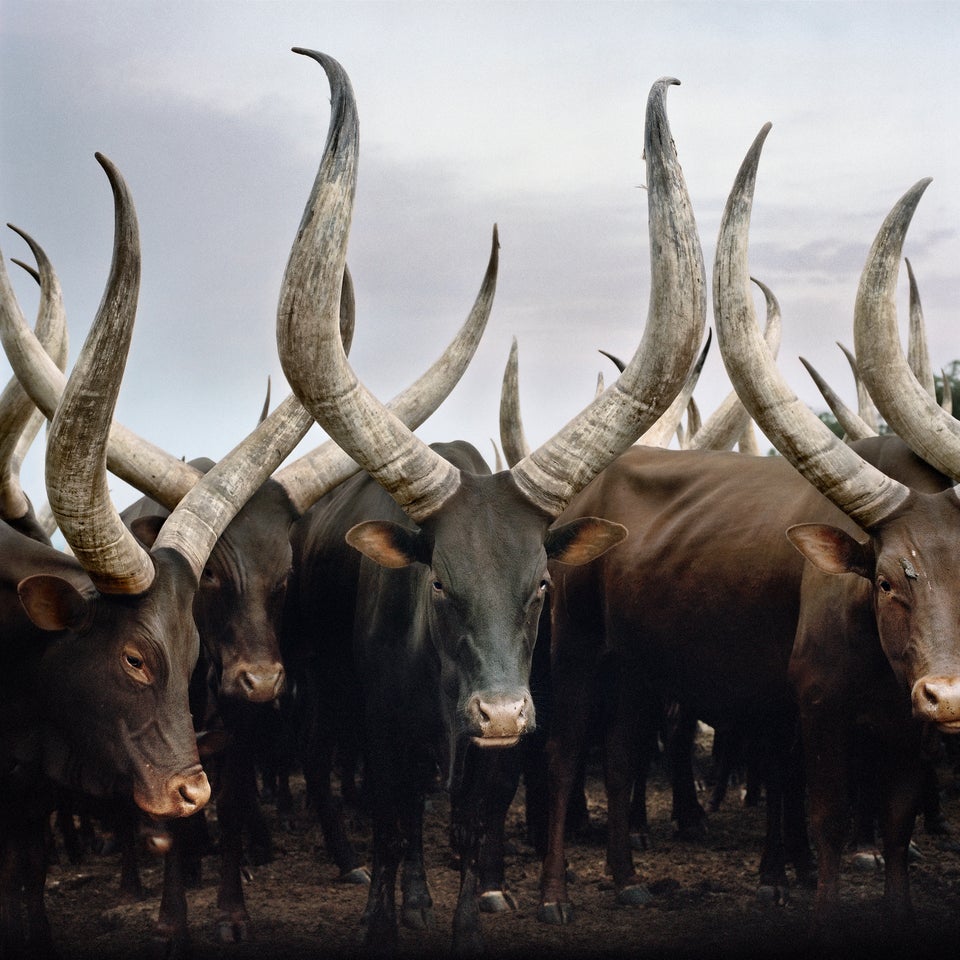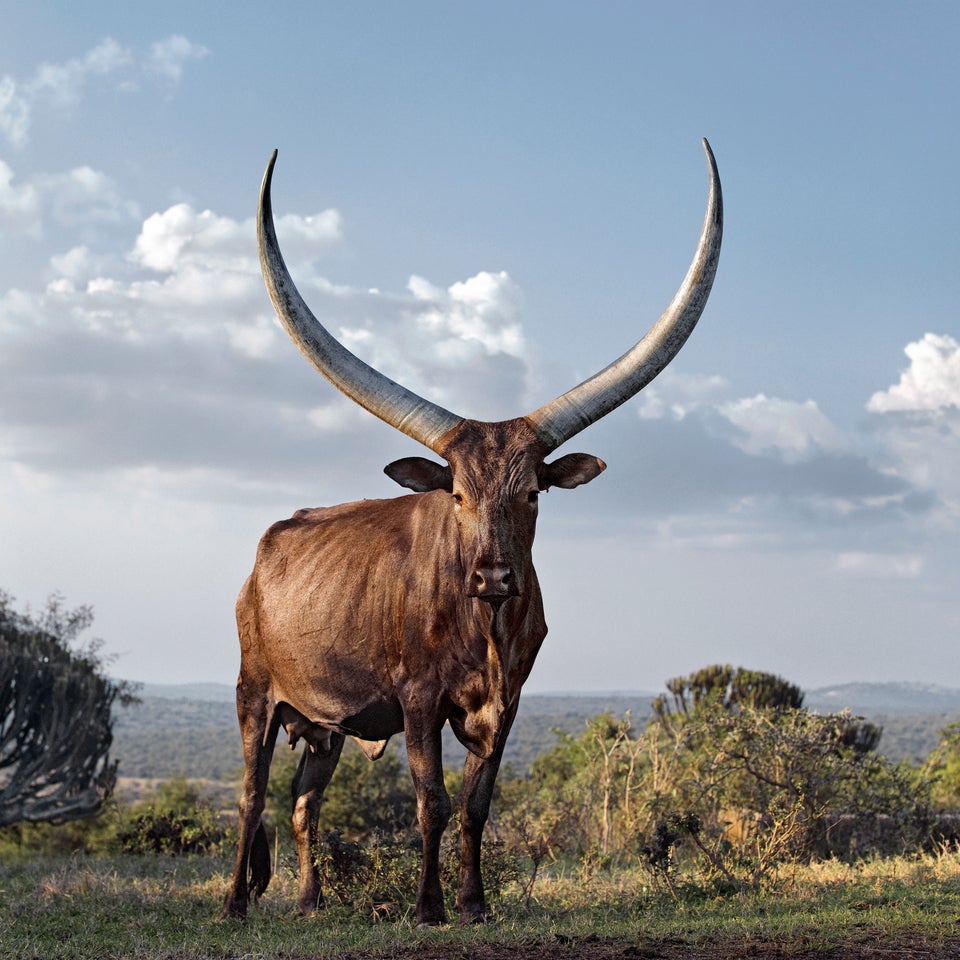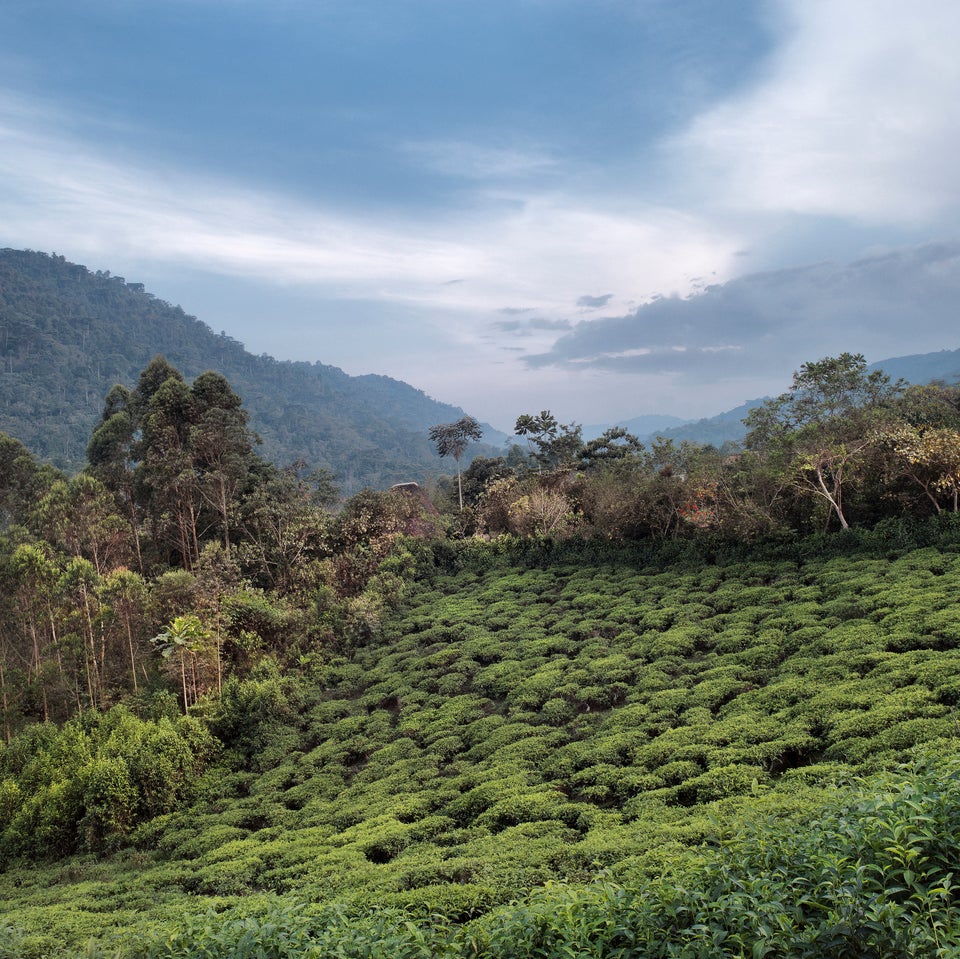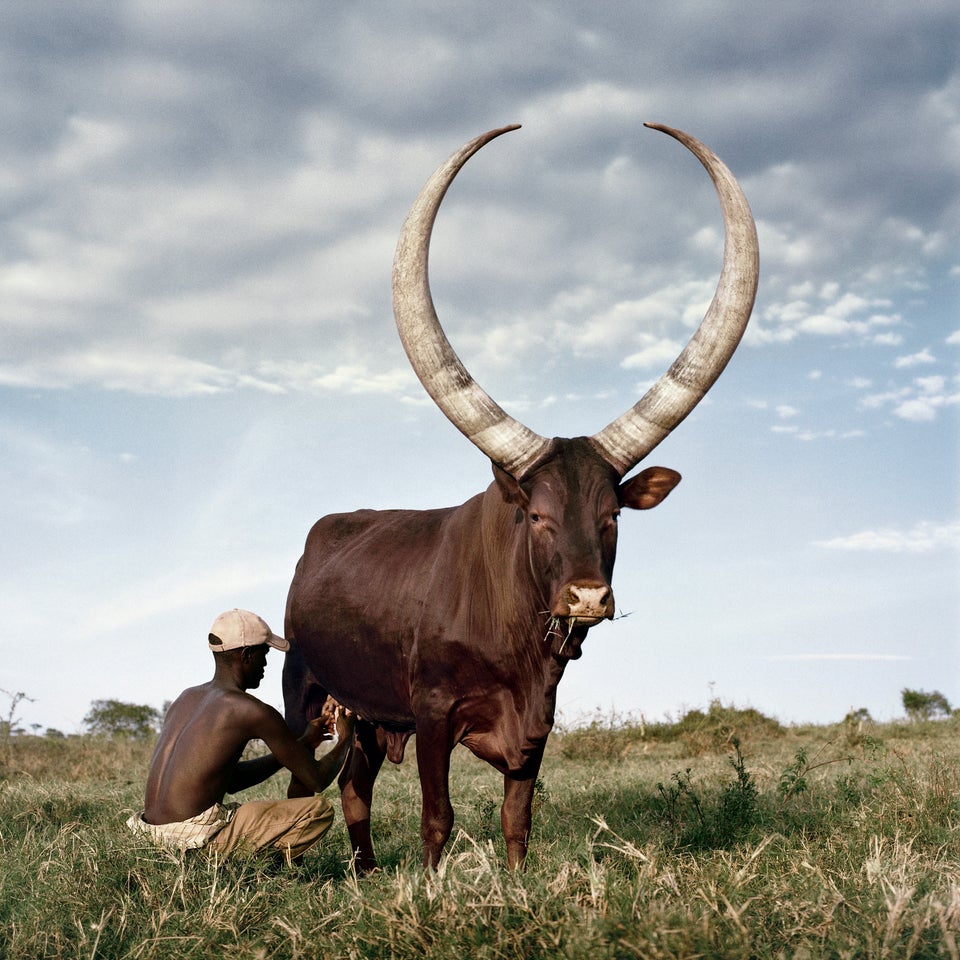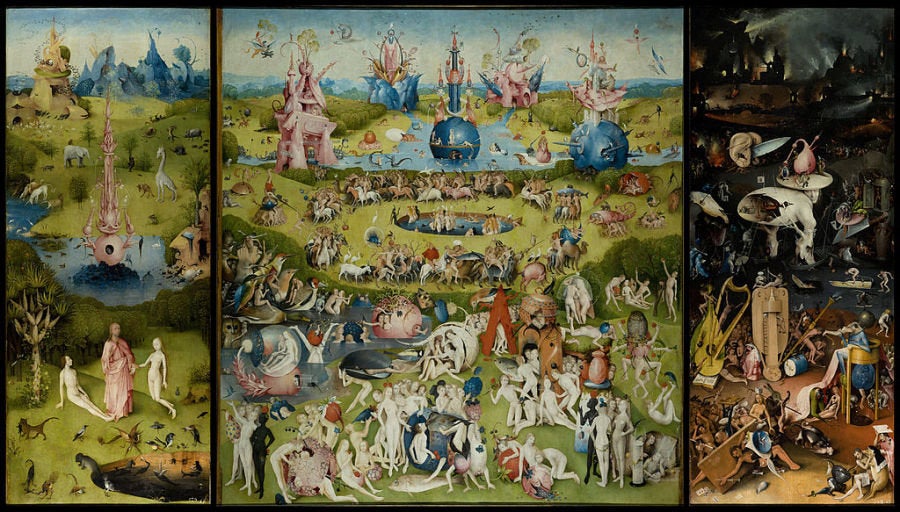"Our mother, when she dies, means expenses of burial or cremation," Mahatma Gandhi taught. "Mother cow is as useful dead as when she is alive. We can make use of every part of her body -- her flesh, her bones, her intestines, her horns, and her skin."
Most of us in the Western world are well aware of the gifts cattle bear: milk, meat, leather. However, for many religions around the world, these bountiful offerings represent something greater, a sacred power worthy of worship and respect.
In his series "Sightings of the Sacred," photographer Daniel Naudé traveled to three distinct locations -- Uganda, Madagascar and India -- where cattle possess a sacred power, documenting the noble creatures in their quiet glory. "I have always been interested in the protection of specific breeds of animal, in the cross breeding and extinction of animals, and how humans react to these phenomena," Naudé explained to The Huffington Post.
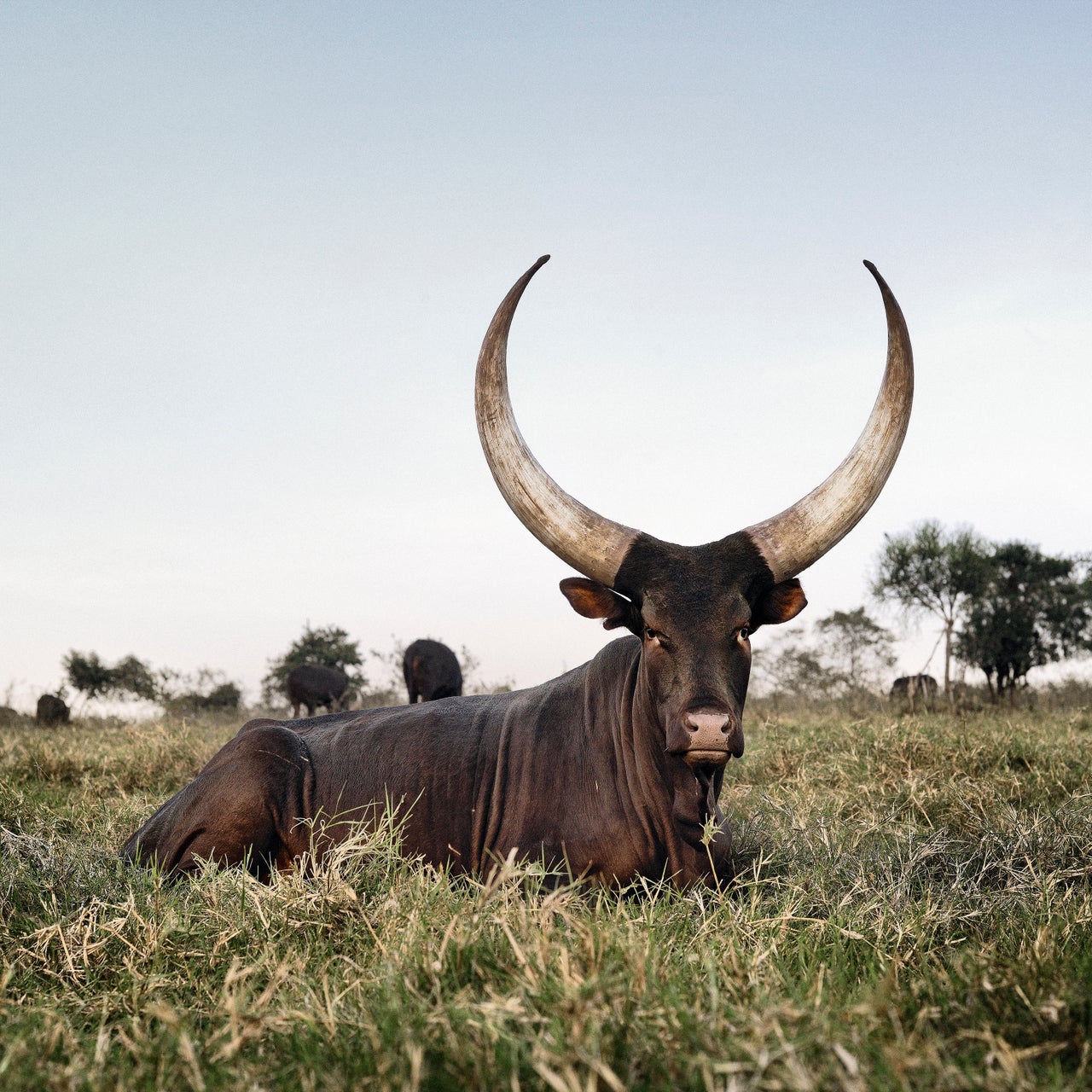
The Cape Town-based photographer stumbled upon the subject after reading an article predicting that Uganda's Ankole cattle are expected to go extinct in the next 40 years. The majestic beasts are venerated for their elegant horns, which sweep upward and inward to resemble a musical lyre. The creatures, Naudé described, have a "prehistoric aura to them," and are central to pastoral Ugandan culture.
However, the Ankole are currently being crossbred with milking cattle, thus endangering their future survival. As Naudé expresses in an artist statement: "The survival of the Ankole is at the heart of cultural and economic debates about indigenous African values and symbolism versus a Western emphasis on commercial concerns."
In "Sightings of the Sacred," Naudé focuses on Ankole cattle's strength and stillness. The animals become sanctified in his careful images, which capture the elegant creatures in their customary habitats, their natural states becoming somewhat otherworldly through the photographer's gaze.
"These are not staged photographs, the animal cannot be arranged or controlled and therefore it does not pose," the artist described. "Despite this, or perhaps because of it, it is possible to capture character, to create portraits of individuals rather than records of perfect specimens."
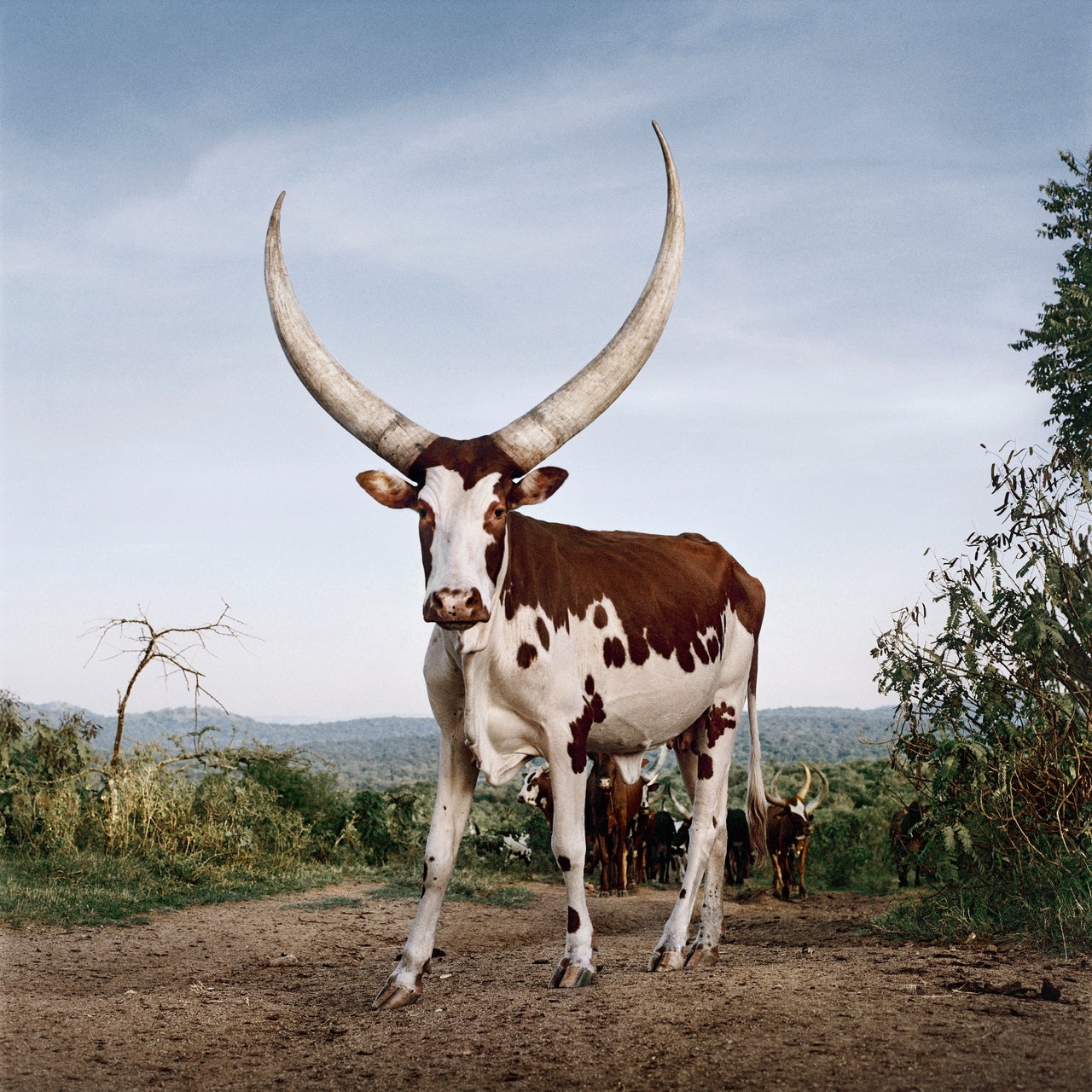
After first visiting Uganda, Naudé extended his journey to Madagascar and India, where cattle are similarly exalted. In Madagascar, Zebu cattle, specifically those with a black head and white diamond shape on their forehead, form a crucial aspect of the Bara people’s cosmology. For this chapter of his journey, Naudé focused on photographing the tombs decorated with Zebu skulls, meant to provide a portal to the ancestral world and afterlife.
Finally, Naudé's travels took him to India, where, in the photographer's words, "spirituality is central to daily life and divinity is perceived throughout nature in anthills, mountains, rivers and animals. There, trees are shrines and they impart the same aura of divinity as cattle."
In India, Naudé set his camera on both the holy cattle themselves and the landscapes they inhabit. Since the photographs were taken during the Mattu Pongal festival, in which cattle are decorated to express gratitude to the gods after harvest, the livestock don painted horns and candy colored balloons, while strings of flowers dangle across their heads and down their chests.
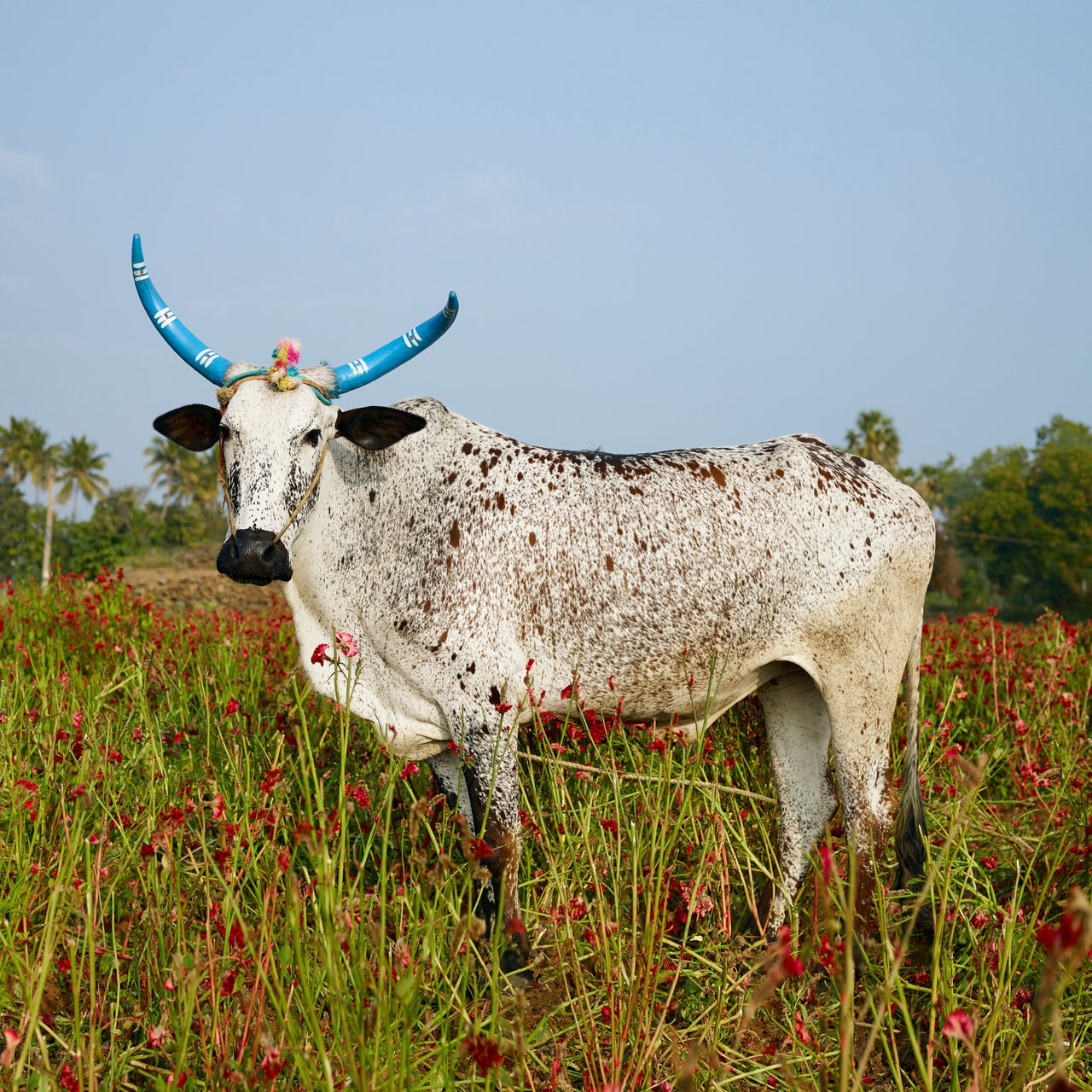
Naudé's three photographic journeys come together to produce a quiet meditation on the relationship between the animal kingdom, the human world, and the divine spirit that dances between.
"I hope viewers gain a sense of my newfound understanding of ancient lineages that connect the cattle I encountered in Uganda, Madagascar and India," the photographer said. "These individual portraits emerge from a reciprocity, a singular moment in which my presence and that of the animal merge."
"To my mind, it is this liminal realm that shapes the connection between animal, land and myself, so that when I photograph them I can recognize an animal’s individuality, those characteristics and bodily expressions that convey a uniqueness in personality," he concluded. "These understandings soften the unanswerability of many of my searches, making me realize that the more I discover, the less I know."
